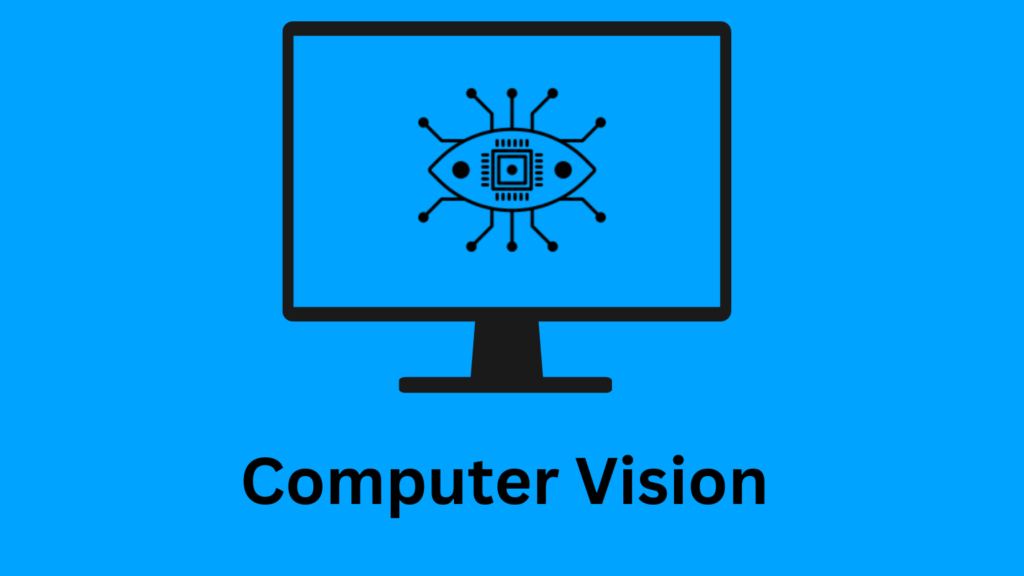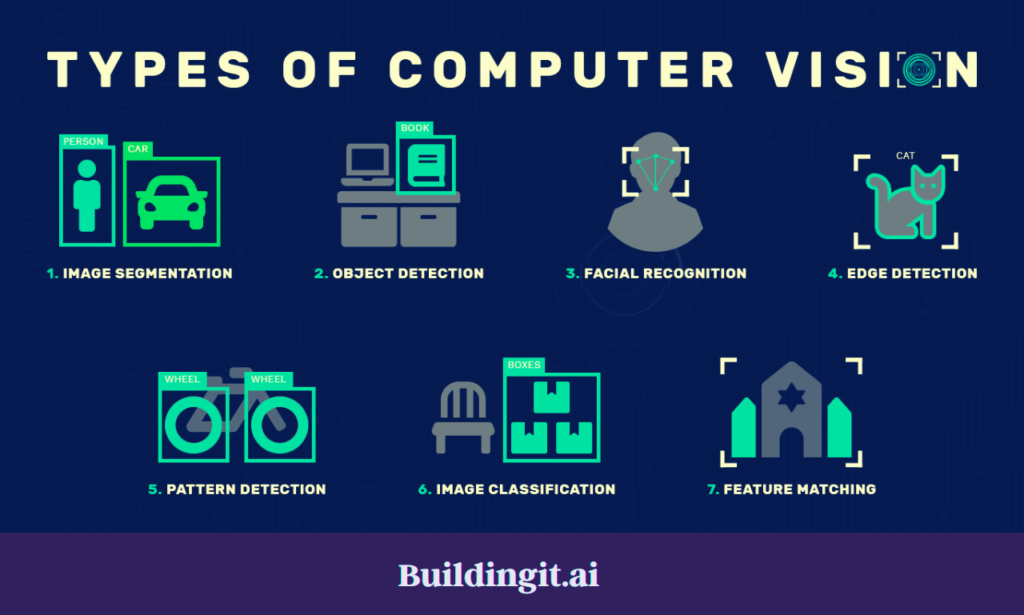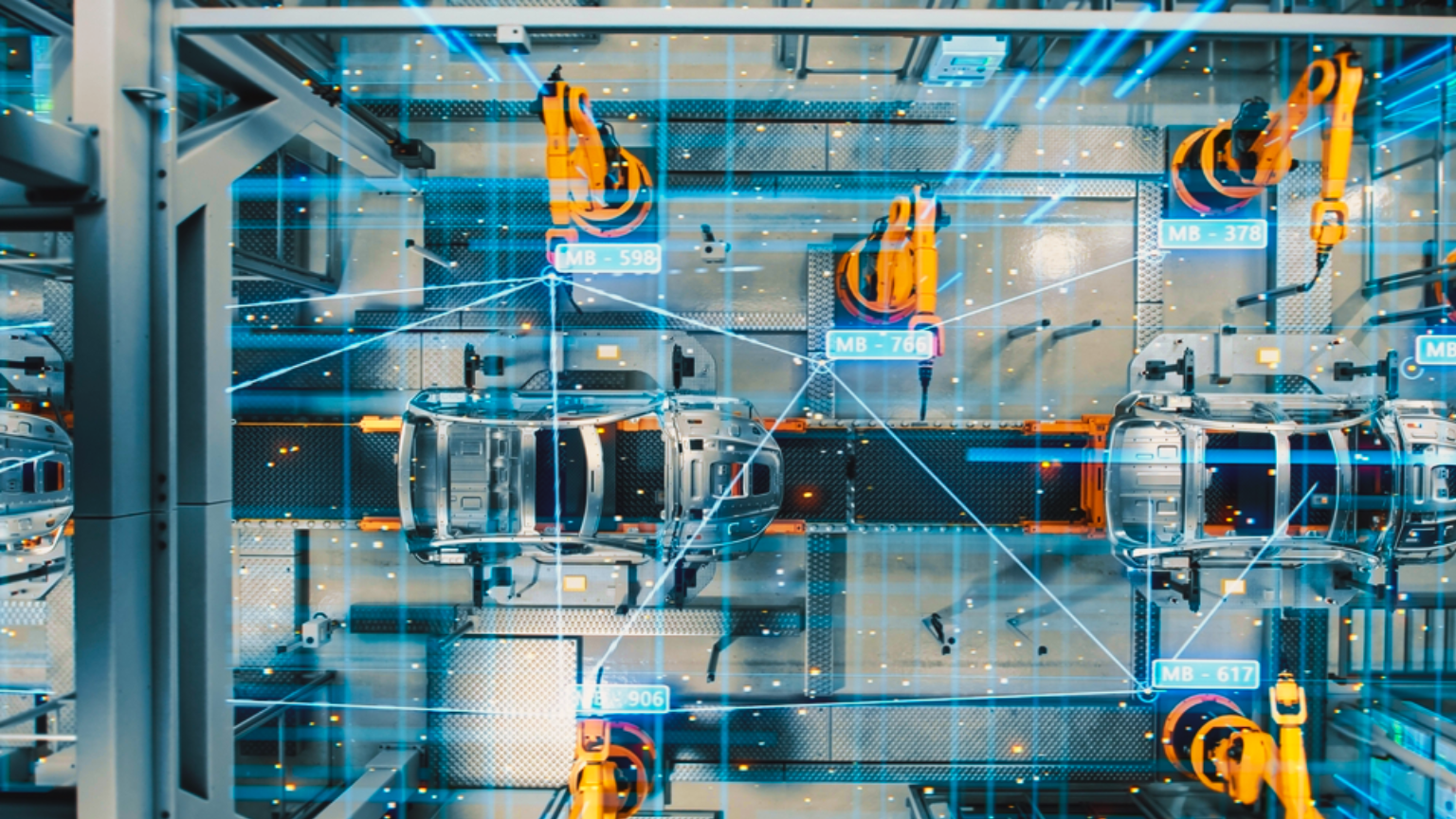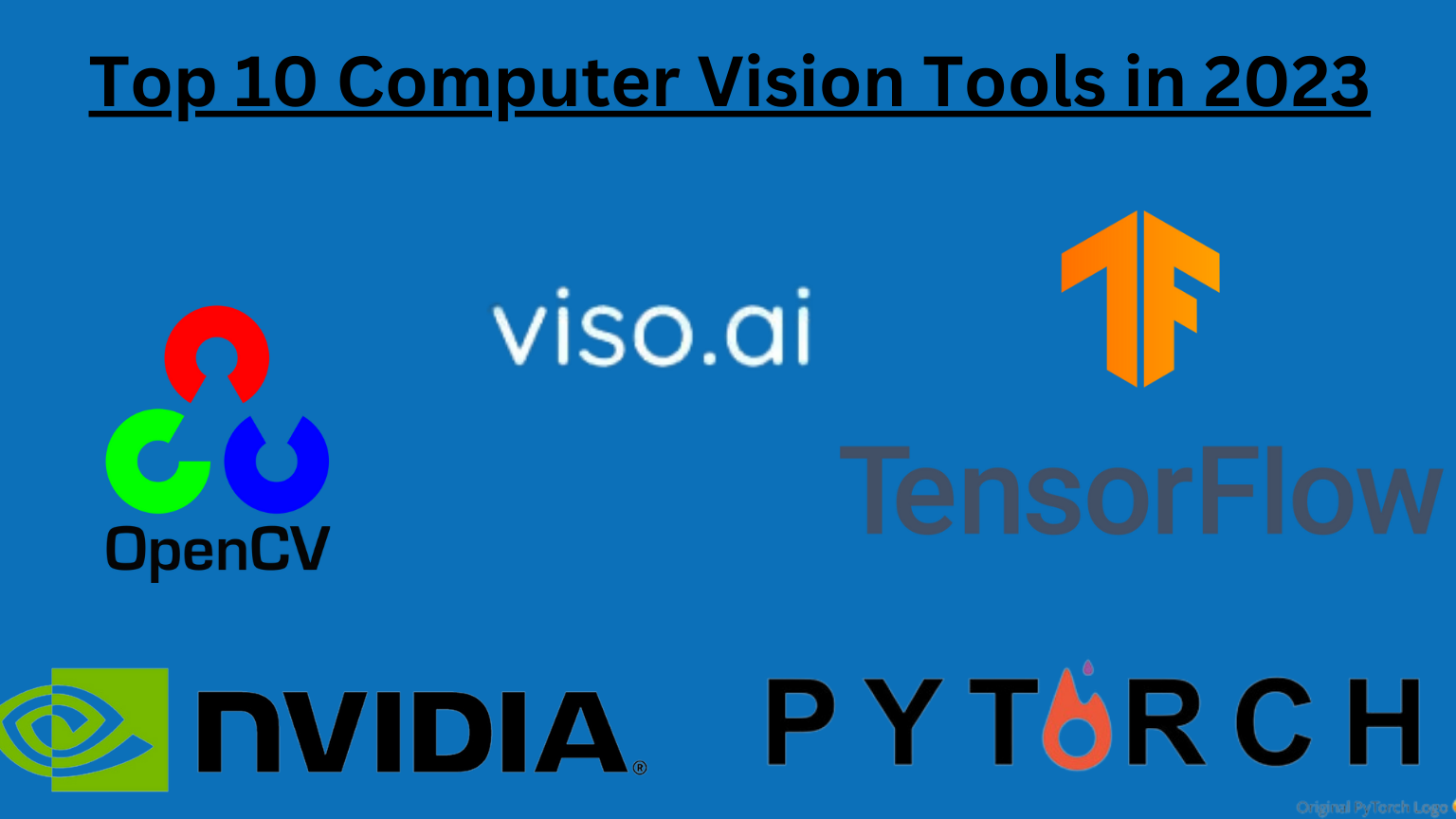Artificial intelligence (AI) has revolutionized the field of computer vision, unlocking unprecedented possibilities in visual perception and analysis. The groundbreaking synergy between AI and computer vision has empowered industries, including healthcare, automotive, retail, and security, to harness the power of data-driven insights and automation.
Through the seamless integration of machine learning algorithms and data analytics, AI-driven computer vision systems can now accurately interpret and understand complex visual data. Such abilities enable them to handle tasks such as image recognition, object detection, and facial recognition.
In this article we will discuss the transformative impact of artificial intelligence in computer vision. Moreover, I’ll be shedding light on its diverse applications and remarkable potential for the future.
What is Computer Vision?
Computer vision is a subset of AI that enables computers to interpret and understand the visual world. By processing and analyzing digital images and videos, computer vision systems can identify objects. They track movements and even perceive three dimensions using AI technology.

How Does Computer Vision Work?
Computer vision works by replicating human vision using computer software and hardware. This process starts with capturing images or videos, followed by image processing to enhance image quality. After this, feature extraction techniques are used to identify objects or features in the image. AI algorithms then analyze these features to understand the context and derive insights.
Is Computer Vision Machine Learning or Artificial Intelligence?
While the fields are interconnected, computer vision is a subset of AI that involves teaching. It is about teaching machines how to see and comprehend visual data. Machine learning, on the other hand, is a method of achieving AI, where machines learn from data. They don’t require explicit programming for this purpose.
Best Image Classification Models: A Comprehensive Comparison
In computer vision, machine learning algorithms, especially deep learning, are extensively used. These algorithms are used for tasks like object detection, image recognition, and semantic segmentation.
Types of Computer Vision
Computer vision can be broadly classified into three categories: Image Recognition, Object Detection, and Image Processing. Image Recognition involves identifying objects, people, or activities in an image. Object Detection focuses on identifying a specific object’s presence and location in an image. Image Processing involves enhancing image quality or extracting useful information from it.

Computer Vision Algorithms
Several computer vision algorithms are in use today, often based on machine learning or deep learning. Convolutional Neural Networks (CNNs) have been successful in tasks like image classification. Whereas algorithms like R-CNN, SSD, and YOLO have made object detection and recognition much more efficient.
Computer Vision Applications
Computer vision has wide-ranging applications across industries.
For example, in retail, computer vision aids in automated checkout systems and inventory management. In healthcare, it’s used for medical imaging analysis and robotic surgery. In autonomous vehicles, computer vision helps detect and recognize objects in the vehicle’s path. The applications are vast and continuously expanding with technological advancements.
What Are the Benefits of Computer Vision in AI?
Computer vision holds numerous benefits in the realm of AI:
Improved Accuracy: AI algorithms can analyze and interpret images with high precision. In fact, they often surpass human capabilities, especially in areas like healthcare where precision is critical.
Speed: AI can process and interpret visual data at a much faster rate than a human can. This enhances efficiency in various fields like manufacturing and surveillance.
Scalability: Computer vision systems can effectively manage large amounts of visual data, allowing businesses to scale their operations.
Real-time Analysis: Real-time image and video analysis can be critical in sectors like security, autonomous driving, and traffic control.
Precision vs Accuracy Machine Learning: A Detailed Examination
Examples of Computer Vision-Based AI Applications
A prominent example of computer vision in AI is Facebook’s automatic tag suggestion feature. The feature helps the platform in identifying faces in an image and suggests tags based on its database. Another example is Google Lens, which uses computer vision to identify objects in images. Google Lens also provides relevant information about them.
In the medical field, computer vision is used for diagnosing diseases by analyzing medical images. For example, algorithms can detect cancerous tumors in MRI scans with remarkable accuracy.
What is an example of a Vision System in Artificial Intelligence?
Autonomous vehicles are an example of a vision system in AI. These vehicles use computer vision, Lidar and Radar to perceive their surroundings. They use the technologies to identify objects, and make driving decisions accordingly.
Advantages of Computer Vision
Computer vision offers numerous advantages:
Automation: Computer vision can automate various manual tasks, enhancing efficiency and reducing errors.
24/7 Operation: Unlike human vision, computer vision systems can operate round-the-clock without fatigue.
Safety: In areas like surveillance and autonomous vehicles, computer vision can greatly enhance safety.
Scalable Image Analysis: Computer vision can handle large volumes of visual data, offering scalable solutions for businesses.
Conclusion
Computer vision is one of the most exciting subfields of AI, offering a multitude of applications across sectors. By replicating, computer vision is paving the way for a future where machines understand and interpret the visual world. In fact, they have started surpassing human vision in some cases.

















